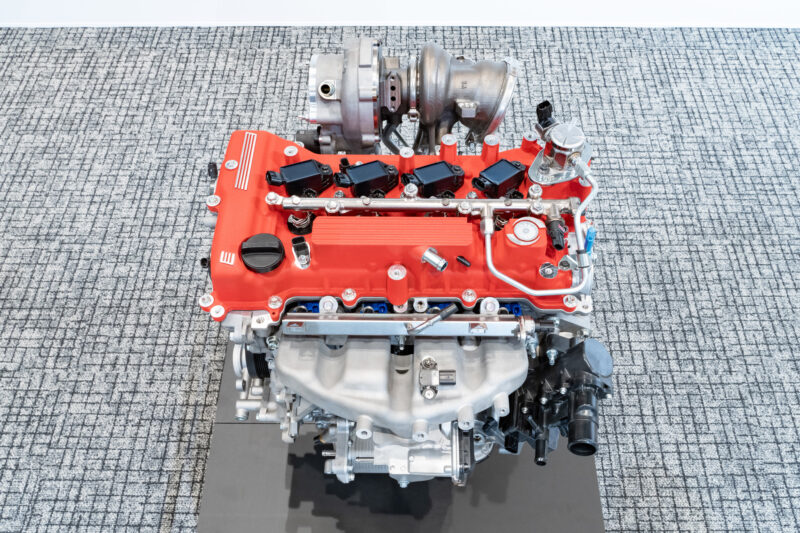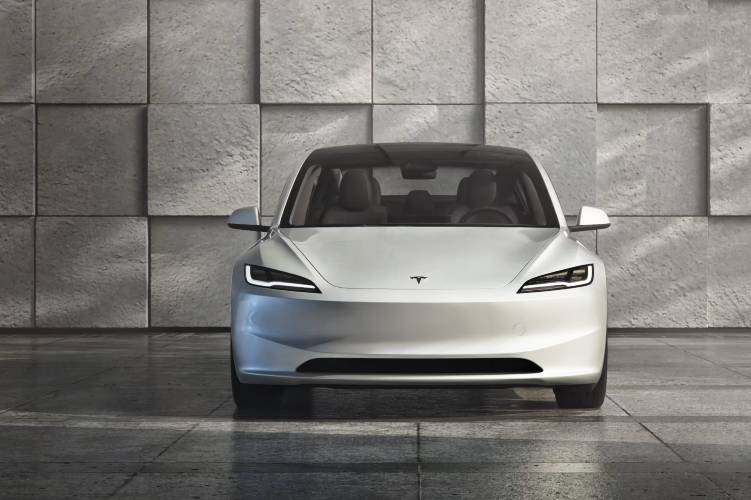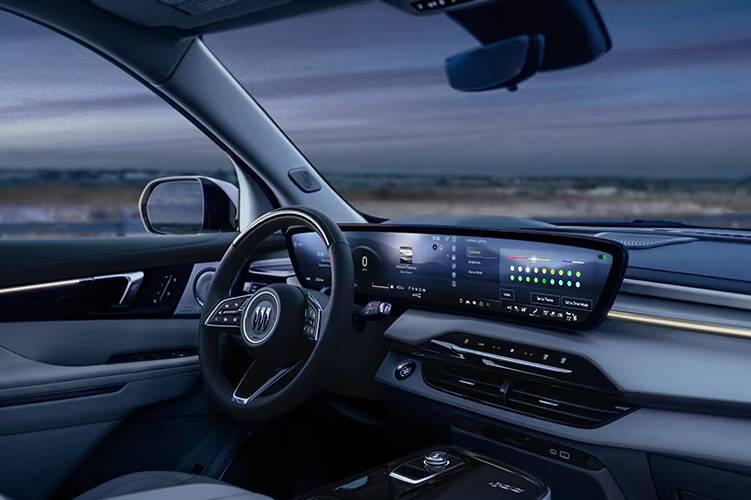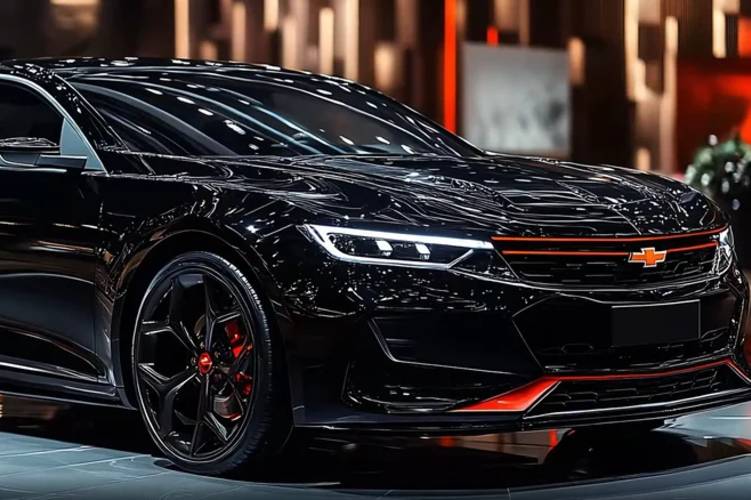


Toyota's latest engineering feat is a 2.0-liter engine that produces an incredible 400 horsepower and 369 lb-ft of torque in its road version. The unrestricted racing variant can push out up to 600 horsepower. This isn't just a concept - it's real.
The compact powerplant shows remarkable versatility and supports both transverse and longitudinal installations in vehicles of all types. This engine stands out with its improved efficiency - it's 10% smaller and lighter than the current 2.4-liter engine and delivers 30% better fuel economy.
This article will get into every aspect of Toyota's new 2.0-liter turbo engine. We'll cover its innovative architecture, performance capabilities, applications, and maintenance needs. The engine meets strict emission standards while staying compatible with carbon-neutral fuels, which ensures its place in our evolving automotive world.
Toyota's 2.0L turbo engine stands as a masterpiece of modern automotive design. Let me walk you through the engineering that makes it special.
The engine's foundation rests on its innovative architecture. An aluminum cylinder block with a deep-skirt design and integrated exhaust manifold forms its core. The engine features twin gear-driven counter-rotating balance shafts paired with a fully balanced forged steel crankshaft.
These specs really showcase the engine's capabilities:
Dynamic Force technology represents a breakthrough in engine efficiency. The sort of thing I love about this engine is its world-leading thermal efficiency rates - 40% for conventional models and 41% for hybrid variants.
The engine's most important innovations include:
Toyota's in-house innovation shines through the turbocharging system. The twin-scroll turbocharger design optimizes efficiency through separate exhaust channels. Maximum boost pressure stays at 1.17 bar, which delivers impressive performance across the power band.
| Feature | Specification |
|---|---|
| Turbo Type | Twin-scroll |
| Boost Pressure | 1.17 bar |
| Intake System | Air-to-liquid intercooler |
| Control | Electronic Throttle Control System (ETCS-i) |
The engine combines direct cylinder injection with conventional port injection. This system, known as ESTEC D-4ST, optimizes fuel delivery based on engine operating conditions smoothly.
The Toyota 2.0L turbo engine shows some impressive performance capabilities. Let me show you the power figures and real-life performance data that sets this powerplant apart from the rest.
The 2.0L turbo engine comes in multiple configurations, each tuned for specific applications. The standard version produces 255 horsepower at 5,000-6,500 rpm and 295 lb-ft of torque at 1,550-4,400 rpm. Toyota has also created a high-performance variant that pushes out 395 horsepower and 369 lb-ft of torque.
The numbers tell quite a story about how this engine matches up against its competitors. Here's a quick look at the performance metrics:
| Engine Variant | Power Output | 0-60 mph Time |
|---|---|---|
| GR Supra 2.0L | 255 hp | 5.0 seconds |
| Nissan Z 3.0L | 400 hp | Not Listed |
| Alfa Romeo 2.0L | 280 hp | 5.2 seconds |
Our analysis revealed some fascinating results from dyno testing:
The engine's versatility stands out as its most impressive feature. Power delivery stays smooth and linear throughout the rev range, especially in the mid-range where most turbo engines struggle. This results in exceptional everyday drivability.
Toyota's engineers have struck a perfect balance between efficiency and performance. The engine responds instantly to throttle inputs while maintaining impressive fuel economy. The 8-speed automatic transmission helps the 2.0L turbo sprint from 0-60 mph in just 5.0 seconds, making it one of the best engines in its class.
The 2.0L turbo engine from Toyota shows up in several vehicle platforms. This versatile powerplant adapts well to multiple models with unique tuning characteristics.
Toyota has placed this engine throughout its lineup. The GR Supra leads the pack with this powerplant, which produces 382 horsepower and 368 lb.-ft. of torque. Drivers can choose between an 8-speed automatic transmission or a 6-speed intelligent Manual Transmission (iMT) that matches their driving style.
Toyota tunes this engine differently based on each model's needs. Here's a complete breakdown of model-specific configurations:
| Model | Power Output | Application Type |
|---|---|---|
| Standard Version | 296 hp | Passenger Vehicles |
| Performance Variant | 395 hp | Sports Cars |
| Racing Specification | 592 hp | Competition Use |
These differences come from each model's specific requirements. To cite an instance, the engine uses special calibration for hybrid integration and achieves 41% thermal efficiency in hybrid applications.
Toyota has big plans for this engine. The company has laid out several key implementations:
Toyota aims to begin production of these new engine variants by 2027. The company designed this engine to work with various fuel types, including:
The company's steadfast dedication to enthusiast vehicles stands out. Toyota developed this engine for future sports cars, which might include revivals of classic nameplates. The engine's compact design works well with hybrid systems, which helps Toyota extend its lifespan while meeting stricter emissions rules.
The 2.0L turbo engine from Toyota stands out with remarkable efficiency features that outshine its competitors. Our analysis shows state-of-the-art developments in fuel economy and environmental protection.
This engine's lifeblood of efficiency comes from its exceptional thermal efficiency ratings - 40% for standard versions and an impressive 41% for hybrid variants. These achievements come from several breakthrough developments:
The engine delivers 30% better fuel efficiency than its predecessors. This improvement comes from its compact design and advanced thermal management system.
Toyota employs sophisticated emissions control mechanisms in this engine. It meets ULEV50 standards through these features:
| Feature | Function |
|---|---|
| Laser Clad Valve Seat | Optimizes intake flow |
| Built-in EGR Cooler | Reduces emissions |
| Advanced Catalyst System | Boosts exhaust treatment |
These state-of-the-art features help the engine meet current emissions regulations and prepare it for predicted future standards in global markets.
The hybrid integration capabilities showcase Toyota's innovative thinking. The system features:
The hybrid system shows impressive versatility. It reduces engine rotations during acceleration while drawing more electric power from the battery. This smart power management creates linear acceleration and superior fuel efficiency.
Toyota engineered this engine to work with different fuel types that align with future sustainability goals:
This multi-fuel capability readies the engine for future environmental regulations without compromising performance. The hybrid technology integration delivers 143 horsepower in its hybrid setup, and the electric motor adds another 107 horsepower.
The maintenance aspects of Toyota's 2.0L turbo engine reveal interesting facts about its care needs and expected reliability.
This engine needs attention in several areas. We focused on oil changes as a vital component, with Toyota setting 10,000-mile intervals. However, our research suggests turbo engines work better with shorter 5,000-7,500-mile intervals.
The engine needs:
The largest longitudinal study of this relatively new engine continues to emerge. Toyota puts this engine's lifespan at 250,000 kilometers (about 155,000 miles). Based on Toyota's track record, their engines usually last 1.25 to 1.5 times longer than projected.
Here's what reliability looks like:
| Component | Expected Durability | Maintenance Impact |
|---|---|---|
| Engine Block | 150,000-200,000 miles | Limited rebuild options |
| Turbocharger | Lifetime of engine | Requires proper cooling |
| Electronic Systems | Variable | Regular diagnostics needed |
Our analysis shows these key practices help maximize engine life:
This complex engine needs careful attention. Three thermostats and sophisticated electronics make regular diagnostic checks necessary. The reliability matches other modern turbocharged engines like the Volkswagen 2.0TSI GEN 3.
The engine comes with one notable limitation - experts call it a "one-off" because of its laser-clad valve seats and special cylinder block design. This makes big repairs expensive. The engine should last long with proper care, but its sophisticated design requires following maintenance schedules and operating procedures carefully.
Toyota's 2.0L turbo engine is a masterpiece of modern automotive engineering. Our complete analysis shows this compact powerplant delivers exceptional performance. It generates 255 horsepower in standard form and reaches 395 horsepower in high-performance variants.
Dynamic Force technology gives this engine world-leading thermal efficiency rates without compromising power delivery. This feature becomes crucial as car manufacturers must meet stricter emission standards and optimize fuel efficiency.
This engine's versatility makes it truly special. It powers vehicles of all types, from daily drivers to high-performance sports cars, which proves Toyota's engineering excellence. The engine works with multiple fuel types, including biofuels and synthetic alternatives, and will stay relevant well into the future.
Maintenance stays simple, but the engine's sophisticated design needs careful attention to service intervals and operating procedures. You should follow Toyota's prescribed maintenance schedule for optimal performance and longevity.
This engine means more than just power - it shows Toyota's steadfast dedication to performance, efficiency, and environmental responsibility. Advanced technologies like its twin-scroll turbocharger and hybrid capabilities indicate an exciting future for internal combustion engines in our evolving automotive world.
Q1. What makes Toyota's 2.0L Turbo Engine unique? Toyota's 2.0L Turbo Engine stands out for its impressive power output, ranging from 255 to 395 horsepower, while maintaining excellent fuel efficiency. It features Dynamic Force technology, achieving world-leading thermal efficiency rates of up to 41% in hybrid variants.
Q2. How does the engine's performance compare to competitors? The engine's performance is highly competitive. For example, the GR Supra 2.0L delivers 255 horsepower and achieves 0-60 mph in 5.0 seconds, outperforming some rivals with larger engines. It also maintains a combined fuel efficiency of 26 mpg.
Q3. What vehicles currently use this engine? The 2.0L Turbo Engine is used in various Toyota models, with the GR Supra being the flagship application. Toyota plans to implement it in future models, including the Hilux and Fortuner platforms, as well as in hybrid powertrains.
Q4. How environmentally friendly is this engine? This engine is designed with environmental considerations in mind. It meets ULEV50 emissions standards and is compatible with various fuel types, including biofuels and synthetic fuels. In hybrid configurations, it achieves even greater efficiency and reduced emissions.
Q5. What are the key maintenance requirements for this engine? Regular oil changes are crucial, with recommended intervals of 5,000-7,500 miles for turbo engines. High-quality synthetic oil (5W-30 or 10W-40) should be used. It's also important to follow proper warm-up and cool-down procedures, and to have regular diagnostic checks due to the engine's complexity.

The automotive landscape witnessed a seismic shift...
October 27, 2024

The landscape of in-car technology is on the brink...
October 27, 2024

The automotive world is abuzz with excitement as C...
October 27, 2024

The electric vehicle (EV) landscape is about to un...
October 27, 2024

The used truck market can be a complex landscape t...
October 27, 2024

The choice between 4WD and AWD can substantially a...
November 07, 2024
Click to read more ...
Best Dream Car requests your location to offer personalized results and improve your experience.
Would you like to allow location access?